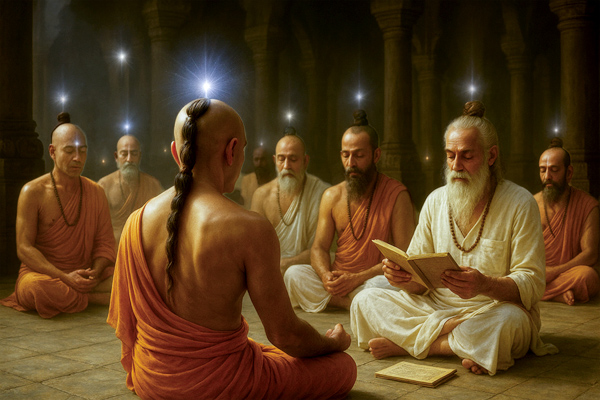
The Shikha, also known as Choti in North India and Kudumi in South India, is a traditional tuft of hair maintained at the crown of the head by many practicing Hindus, particularly among Brahmins, temple priests, and Vedic scholars.
You may have seen images of rishis, gurus, or temple priests with a long, coiled tuft tied neatly at the top or back of the head. But have you ever paused to ask — why is it kept? What does it truly signify?
The Shikha is not merely a cultural remnant or ancestral identity. It carries deep spiritual, yogic, and philosophical significance within the Sanatan Dharma. From references in the Vedas to its role in daily rituals, the Shikha connects the physical body to cosmic energy and serves as a spiritual declaration of commitment to Dharma.
Whether you’re a curious seeker or someone rediscovering your spiritual roots, understanding the Shikha opens a powerful gateway to the ancient wisdom of the Rishis.
What is a Shikha?
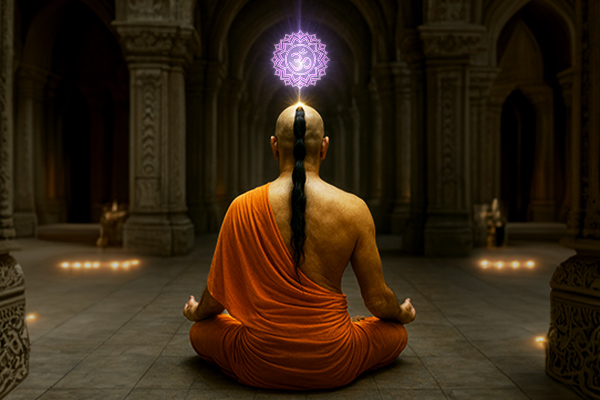
A Shikha is a sacred tuft of hair maintained at the crown of the head, traditionally worn by male followers of Sanatan Dharma, especially among Brahmins, temple priests, and Vedic scholars. While the rest of the head is clean-shaven, the Shikha is preserved and tied at the Brahmarandhra — the topmost point on the skull, considered the gateway to divine consciousness.
The Sanskrit word Shikha means “crest” or “flame”, symbolizing spiritual aspiration, discipline, and the upward flow of awareness toward the divine.
This practice is not merely symbolic. It is said to energize and protect the Sahasrara Chakra (crown chakra), the spiritual center that governs higher states of consciousness. By tying a knot at this point, the practitioner preserves Ojas, the subtle life force responsible for vitality, memory, and inner clarity.
From the moment of Upanayana or Janeyu Sanskar (Sacred Thread Ceremony), the Shikha marks one's eligibility to study the Vedas, perform sacred duties, and live a life rooted in Dharma. It is a visible vow of spiritual intent, representing readiness for discipline, purity, and alignment with Vedic knowledge.
In yogic terms, the Shikha is also believed to shield the Brahmarandhra from external distractions, helping stabilize consciousness during rituals and meditation.
Thus, the Shikha is not just a hair tuft, it is a crown of commitment worn by those who walk the sacred path of truth and self-realization.
Physical Appearance and Placement
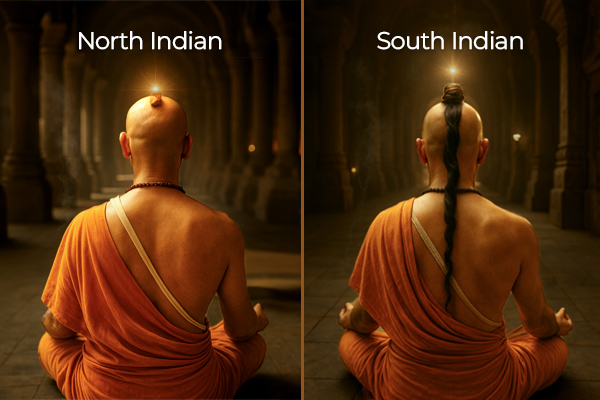
The Shikha typically appears as a small, neatly tied tuft or lock of hair situated at the crown of the head — the region known in yogic anatomy as the Brahmarandhra. This precise location is not chosen at random; it is believed to be the seat of divine consciousness and the exit point of the soul at the time of moksha (liberation).
In spiritual and energetic terms, this spot aligns with the Sahasrara Chakra, the seventh and highest energy center in the body, associated with enlightenment, divine connection, and spiritual awakening. The presence of the Shikha at this point acts as a seal, protecting the upward flow of prana (life force) and preventing its dissipation.
Read More about Sahasrara Crown Chakra
Traditionally, the rest of the scalp is clean-shaven, leaving only the sacred tuft intact. This signifies detachment from worldly vanity and the cultivation of a disciplined, sattvic (pure) lifestyle. The size and style of the Shikha can vary:
In North India, it is often seen as a thin tuft or small knot.
In South India, the Kudumi or Kudumi Mudi may appear longer and coiled, sometimes tied lower at the back of the head.
Vaishnavas and Smartas may place it differently based on sampradaya traditions, either directly on the crown or slightly behind it.
The Shikha is usually tied tightly before performing any ritual, Vedic chanting, or meditation. This act is said to concentrate spiritual energy at the crown, enhancing focus, alertness, and connection to the divine. During occasions of Mourning or Shradh (Last Rites), however, the Shikha is left untied; a symbolic gesture of humility and disconnection from ego and identity.
Its placement and form thus serve both symbolic and energetic purposes, maintaining mental clarity, protecting spiritual vitality, and reinforcing the practitioner’s inward focus during sacred observances.
Scriptural and Vedic References of Shikha
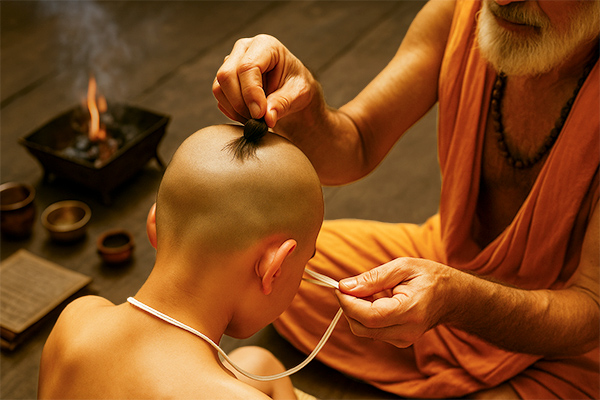
The practice of maintaining a Shikha is not just a cultural tradition but one that finds its roots in authoritative Vedic and Smriti texts. It has long been regarded as a symbol of spiritual initiation, purity, and alignment with the Vedic path.
One of the clearest mentions is found in the Manusmriti (2.63), which lays down the external marks of a Dvija. A person initiated into Vedic study through the Upanayana Sanskar. It says:
'उपनयनं द्विजातीनां कर्तव्यं ब्राह्मणादिभिः।
ततो यज्ञोपवीतं च शिखा च नियमः स्मृतः॥'
'The Upanayana (initiation) must be performed for Dvijas — Brahmins and others. Thereafter, the sacred thread and the keeping of a Shikha are prescribed as rules.'
This verse places the Shikha on the same level of importance as the Yajnopavita, identifying both as signs of entry into the spiritual and disciplined life.
Another strong reference comes from the Yajnavalkya Smriti (1.11):
'शिखायज्ञोपवीती स्यान्नित्यं स्नातकधारिणः।'
'A student who has completed Vedic education (Snataka) must always wear the Yajnopavita and maintain a Shikha.'
This emphasizes that even beyond formal study, the Shikha is to be maintained as a lifelong marker of spiritual readiness and discipline.
The Atharva Veda (11.5.3), while not naming the Shikha directly, refers to the Brahmarandhra — the top of the head — as the seat of divine presence:
'यत्र ब्रह्म रन्ध्रं स्यात् तस्मिन्नेव प्रभुः स्थितः।'
'Where the Brahmarandhra is present, there itself resides the Supreme Lord.'
This validates the spiritual significance of the location where the Shikha is tied, the crown chakra or Sahasrara, revered in both Vedic and yogic traditions as the point of highest consciousness.
Certain sectarian texts, such as the Vaishnava Padma Samhita, also uphold the Shikha as a symbol of surrender and purity, especially in the context of deity worship and temple service.
Thus, the tradition of maintaining a Shikha is not a later development or symbolic gesture alone. It is scripturally sanctioned, spiritually powerful, and energetically aligned with the deeper truths of Sanatan Dharma.
Who Traditionally Wears a Shikha?
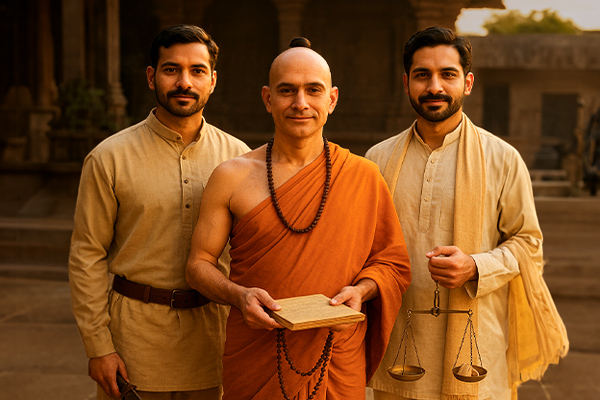
The Shikha has traditionally been maintained by Dvija men—those who have undergone the Upanayana/Janeyu Sanskar or sacred thread ceremony, marking their initiation into Vedic learning and spiritual responsibilities. Among the three upper varnas—Brahmins, Kshatriyas, and Vaishyas—it is the Brahmins who have most consistently upheld this practice across generations.
For a Brahmin, the Shikha is more than a physical attribute. It is a daily reminder of one’s commitment to spiritual discipline, ritual purity, and dedication to Dharma. It is commonly seen on temple priests (purohits), Acharyas, Vedic scholars, and students in Gurukuls, who wear it as a sign of their readiness to study scriptures, perform rituals, and lead a spiritually oriented life.
Certain spiritual traditions transcend caste, encouraging sincere devotees, regardless of background, to keep a Shikha as a symbol of their dedication to God. For instance, in Gaudiya Vaishnavism, the Shikha is seen as a mark of bhakti and spiritual surrender.
While modern lifestyles have made the practice less common in everyday settings, many still maintain a Shikha for special rituals, festivals, and ancestral rites. In traditional families and temple communities, it continues to be a respected marker of spiritual identity and Vedic adherence, carrying both cultural reverence and yogic purpose.
Why is the Shikha Worn?
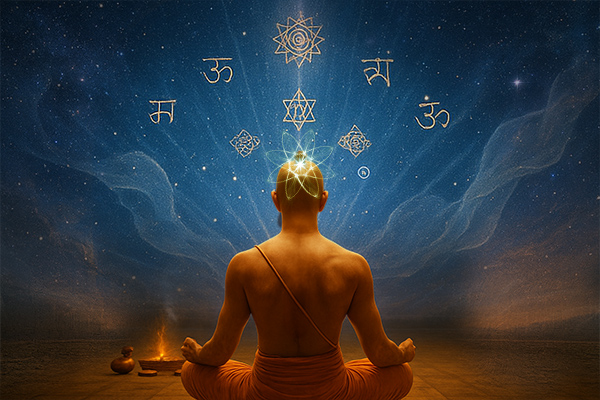
In earlier times, the practice of wearing a Shikha was closely tied to caste-based traditions, reserved mainly for those initiated into Vedic study through the Upanayana Sanskar. However, in today’s evolving spiritual landscape, this restriction no longer applies. Anyone, regardless of caste, background, or nationality, who is drawn to Vedic wisdom, ritual discipline, or yogic sciences can choose to maintain a Shikha as a symbol of their inner commitment.
The reasons for wearing a Shikha go far beyond cultural identity. It serves both a spiritual and energetic purpose, anchoring the practitioner in focus, discipline, and sacred intention.
Conservation of Energy
As mentioned earlier, the Shikha is tied at the crown point, to help preserve spiritual energy and maintain focus during sacred practices.
This knot acts like an energetic anchor, helping the practitioner retain Ojas (vital essence), maintain focus, and minimize distraction. It also helps safeguard the upward movement of Kundalini Shakti, keeping the crown space spiritually alert and protected.
Spiritual Identity
The presence of the Shikha marks the individual as someone dedicated to the path of Dharma, particularly those who are initiated into Vedic study or priestly duties. Just as a monk's robe or a sacred thread distinguishes one's role, the Shikha visually identifies a person as a seeker of higher knowledge, a student of the Vedas, or a devotee aligned with Sanatana Dharma.
In ancient times, kings, sages, and students were all expected to maintain the Shikha as a sign of their adhikara (eligibility) for performing sacred duties and participating in spiritual life.
Discipline and Purity
Maintaining a Shikha requires regular grooming, care, and ritual practice — all of which reinforce a lifestyle centred around self-discipline (niyama), cleanliness (shaucha), and spiritual intention.
For many brahmacharis and students in Gurukuls, the Shikha also represents celibacy, focus, and commitment to a sattvic life. It is considered part of the physical and mental discipline required to channel one’s energies inward and upward, away from worldly distractions.
In this way, the Shikha serves as a physical marker of inner purity, just as Vedic rites emphasize both internal and external cleanliness before any spiritual act.
Preparation for Rituals
Before beginning a puja, havan, or any Vedic ceremony, priests and practitioners often tie or re-adjust the Shikha. This act is not simply customary, it serves to mentally prepare the individual, bringing their attention to the sacredness of the act they are about to perform.
In Agamic and Smriti-based traditions, the act of tying the Shikha before rituals is seen as part of entering a ritual state of awareness, where the ego is minimized, and the body becomes a vessel for invoking divine presence.
In contrast, during mourning rites or Shraddha ceremonies, the Shikha is kept untied, symbolizing humility, grief, and temporary withdrawal from ritual control or identity.
Who Wears a Shikha?
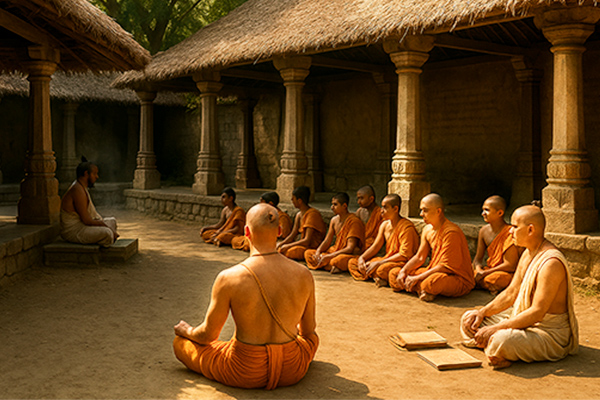
The Shikha has traditionally been worn by individuals committed to Vedic learning, ritual purity, and a spiritually disciplined life. Most commonly, it is maintained by Brahmins engaged in religious duties such as performing yajnas, temple pujas, and scriptural recitations. It is a visible symbol of their alignment with Dharma and their readiness to serve as conduits for sacred rituals.
Students in Gurukuls, particularly those undergoing Vedic education under a guru, also maintain the Shikha as part of their daily discipline. It reflects their commitment to study, celibacy (in the brahmacharya stage), and inner purity.
Followers of specific Sampradayas, especially Vaishnavas and Shaivas, also wear the Shikha in distinct forms and placements according to their lineage. For instance, Vaishnavas may tie the Shikha at the back of the head as a sign of surrender to Lord Vishnu, while Smartas and other traditions may place it at the crown to align with the Sahasrara Chakra.
Yajniks, Acharyas, and temple priests, those engaged in temple service, Vedic rituals, or scriptural instruction, maintain the Shikha as part of their daily religious and spiritual conduct.
In some spiritual lineages, even Sanyasis (renunciates) may keep a Shikha, depending on the customs of their tradition. Though many renunciants choose a fully shaved head as a mark of detachment, others preserve the Shikha as a sign of maintaining connection with spiritual energy flow.
Additionally, the Shikha is ritually tied during important Samskaras (Hindu rites of passage). Most notably during the Upanayana Sanskar. This ceremony marks the beginning of a child’s formal spiritual journey, where the sacred thread (yajnopavita) is bestowed, and the Shikha is established as a lifelong symbol of spiritual pursuit.
Energetic and Yogic Significance of the Shikha
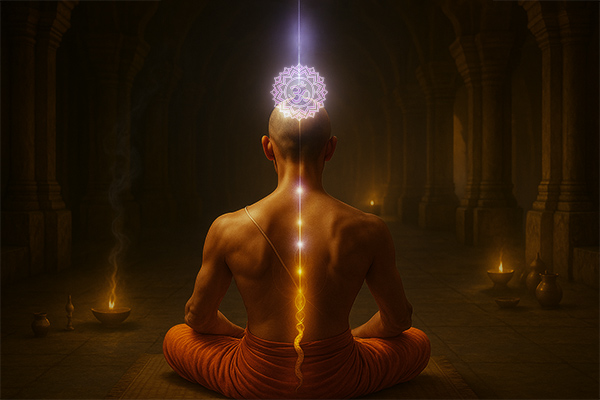
Beyond its visible role as a marker of Vedic identity, the Shikha carries deep energetic and yogic significance, especially in the context of subtle body anatomy and consciousness evolution.
In yogic philosophy, the human body is more than just physical — it is interwoven with a network of nadis (energy channels) and chakras (energy centers). Among these, the Sahasrara Chakra, located at the crown of the head, is considered the seat of pure consciousness, The final point where Kundalini Shakti, the coiled spiritual energy at the base of the spine, rises and merges with universal consciousness during deep meditation or samadhi.
The Shikha, tied exactly over this chakra at the Brahmarandhra, is believed to serve as an energy lock or seal, helping to:
Preserve spiritual energy gained through practices like mantra japa, meditation, and yajna
Stabilize the upward flow of prana, which moves toward the crown during spiritual elevation
Protect the Sahasrara from external disturbances, especially when the practitioner is in a heightened spiritual state
Anchor attention and stillness, especially during long hours of chanting, study, or meditation
In traditional systems of Tantra and Hatha Yoga, the crown region is considered highly sensitive. A subtle portal through which cosmic energy flows. Leaving it energetically exposed is thought to allow spiritual energy to dissipate or attract external influences. The Shikha, when maintained with awareness, acts as a spiritual insulator, enhancing inner steadiness and safeguarding one’s connection to the divine.
Even in martial and monastic traditions across ancient India, keeping a Shikha was considered a way to balance mental clarity with intuitive power, aligning the individual’s mind with higher knowledge (jnana) and discernment (viveka).
Thus, in the yogic context, the Shikha is more than symbolic. It becomes a functional element of spiritual physiology, supporting the practitioner on the path to self-mastery and transcendence.
Cultural Importance in Rituals
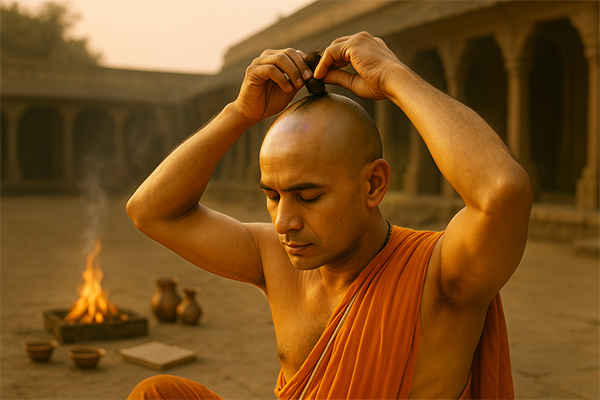
Walk into a traditional Hindu home or step into the sanctum of a temple. And you may witness a quiet but powerful gesture: a priest adjusting his Shikha, his eyes closed, his fingers steady. It is not a habit. It is an invocation.
In the sacred rhythm of Hindu rituals, the Shikha is not an accessory, it is a signal.
A signal that the outer world is now being set aside… and the inner world is being awakened.
Before beginning any Puja, Havan, or Vedic yajna, priests deliberately tie their Shikha, aligning mind, breath, and intention. This act is seen as a subtle call to the divine:
“I am now ready. May I become a fit vessel for your presence.”
Equally meaningful is the act of leaving the Shikha untied, especially during Shraddha karma and Tarpan (ancestral rites). In these moments of remembrance and mourning, the untied Shikha becomes a symbol of humility, grief, and surrender, a gesture that says, “Today, I do not act as a priest or scholar. I am simply a soul, bowing to those who came before me.”
Across generations, the Shikha has been treated as a subtle indicator of mental readiness, spiritual clarity, and one’s inner state of consciousness. Even in silence, it speaks.
Though modernity has made the practice less visible in daily life, the Shikha continues to hold a place of honour in temple traditions, Sanskār ceremonies, and among those who still walk the Vedic path with devotion and awareness.
It is not just a remnant of the past, it is a quiet ritual in itself, reminding the seeker:
“Your body is sacred. Your crown is divine. And this life is a chance to remember that.”
The tradition of keeping a Shikha is more than an external practice, it reflects a deeper spiritual discipline rooted in Vedic culture. From its scriptural significance to its energetic role and presence in rituals, the Shikha continues to hold meaning for those who walk the path of dharma. Understanding its purpose allows us to appreciate the wisdom behind what may seem like a simple custom, and to carry forward its essence with awareness and respect.
Experience Authentic Vedic Puja with Rudra Centre
If you feel inspired to uphold Vedic traditions such as the Shikha and wish to experience their deeper connection through sacred rituals, consider participating in professionally guided pujas and homams. Rudra Centre offers authentic Vedic puja services performed by experienced priests following strict scriptural procedures. These rituals can support your spiritual journey, helping you align with the very dharmic principles symbolized by the Shikha.
Click on the link and explore Rudra Centre’s Online Puja Services to book ceremonies for health, prosperity, peace, and spiritual upliftment performed with devotion and integrity.


-in-Astrology.jpg)
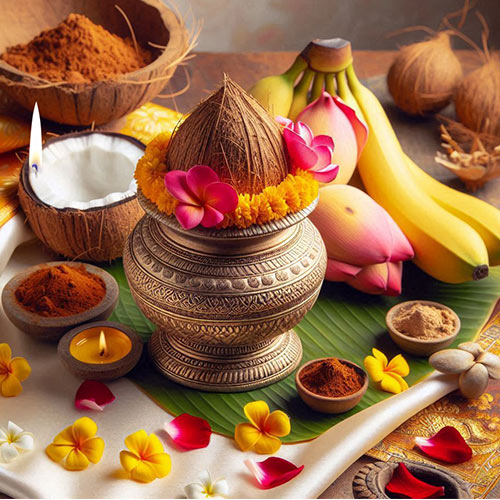
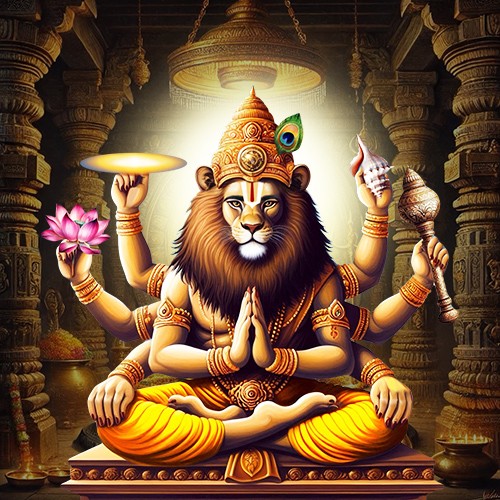
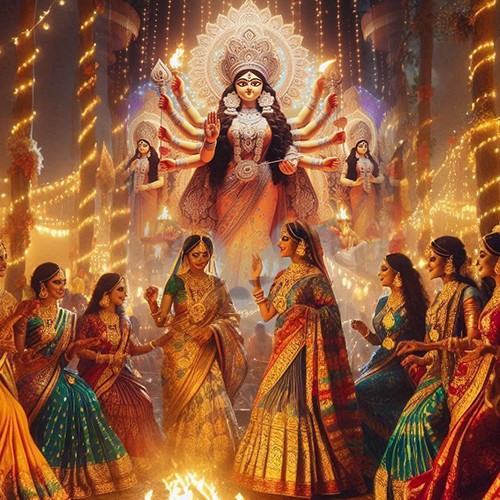
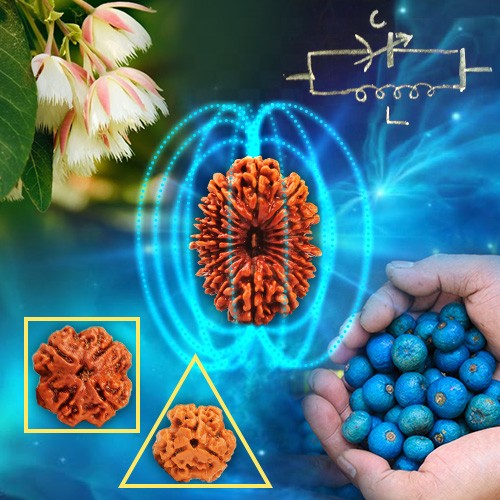

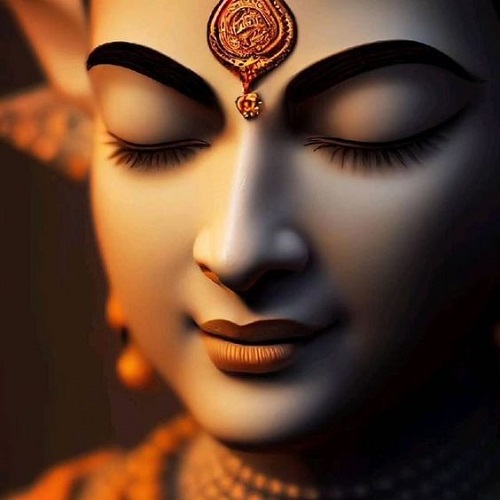
.jpg)
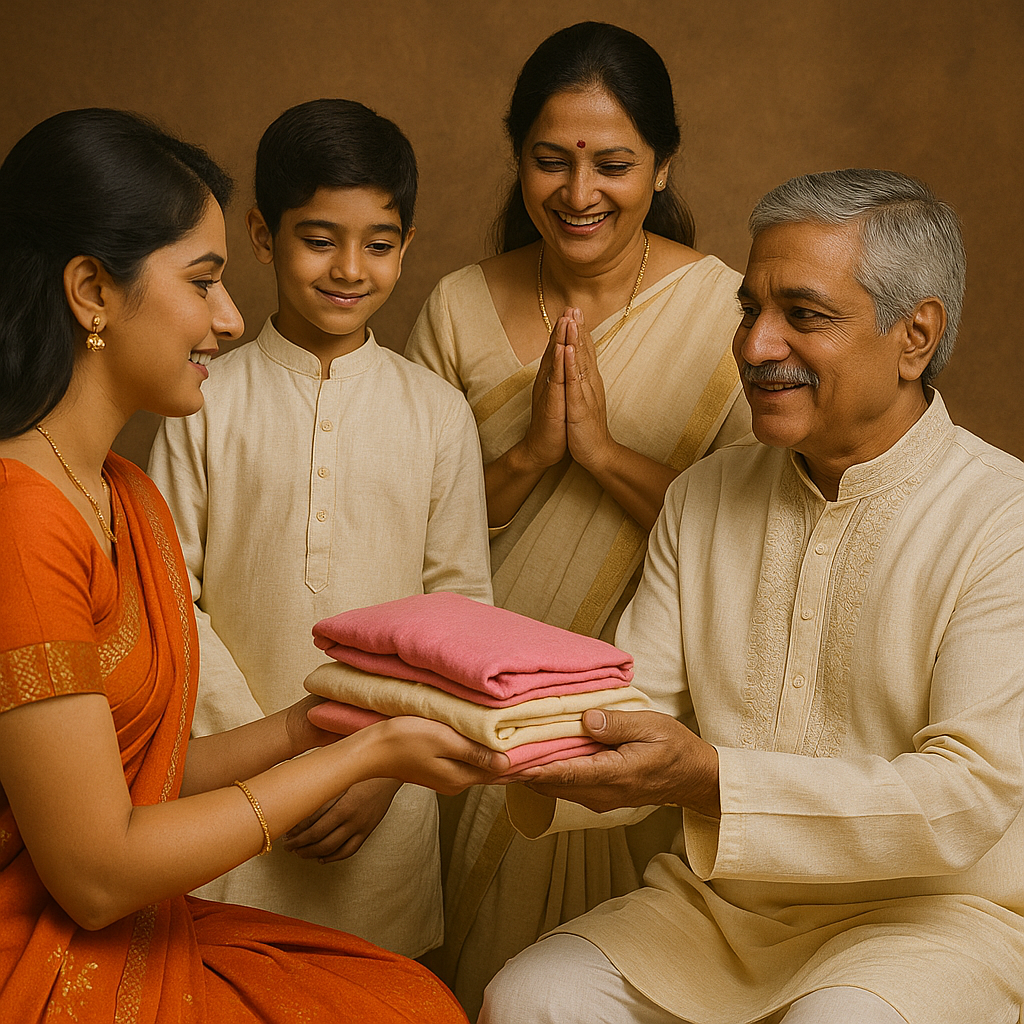
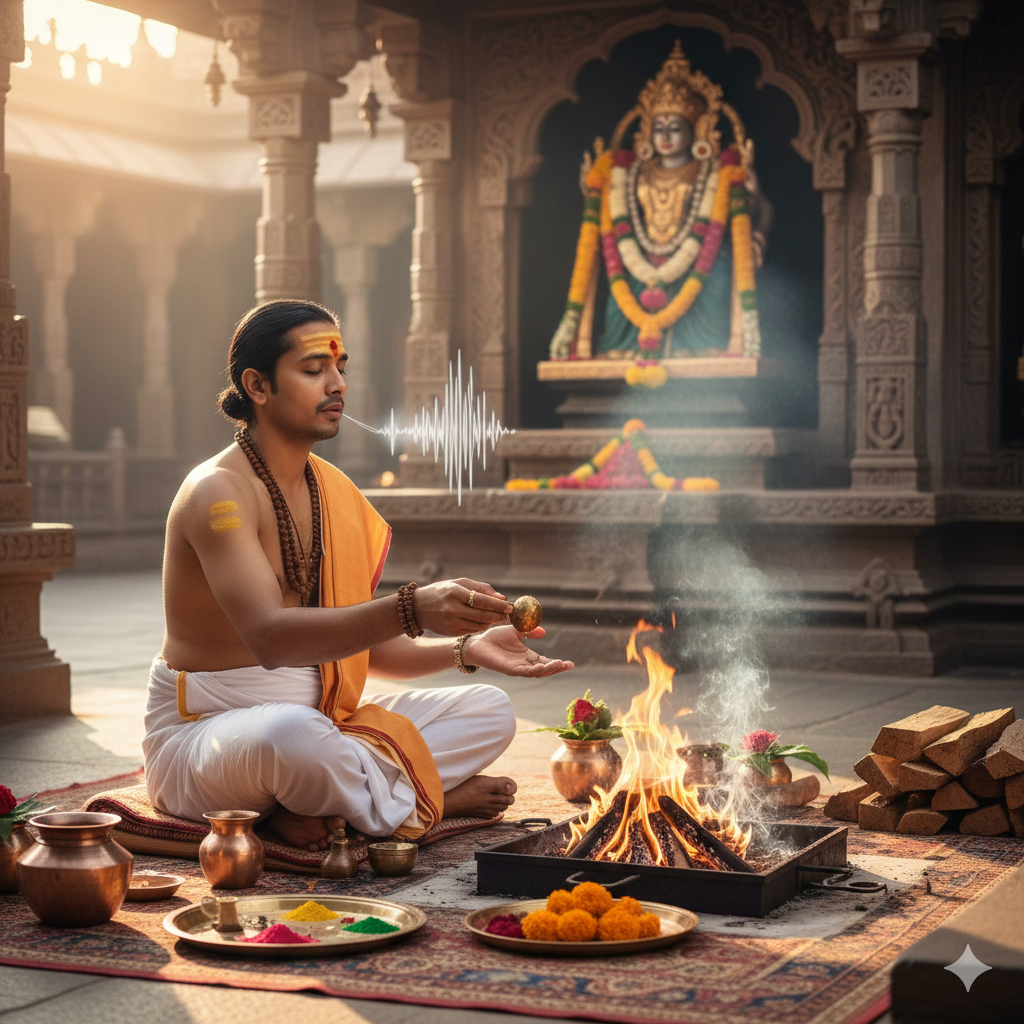
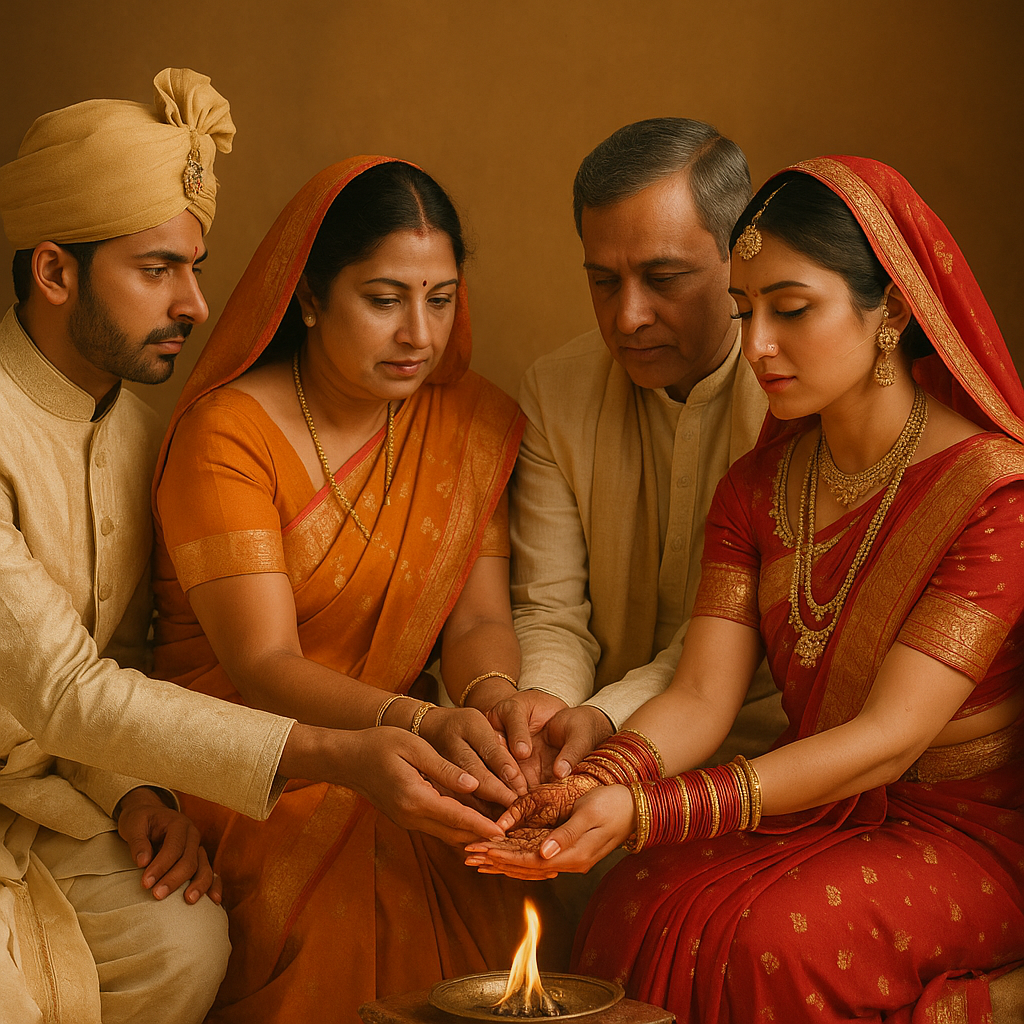
Comments 0
Leave your thought here